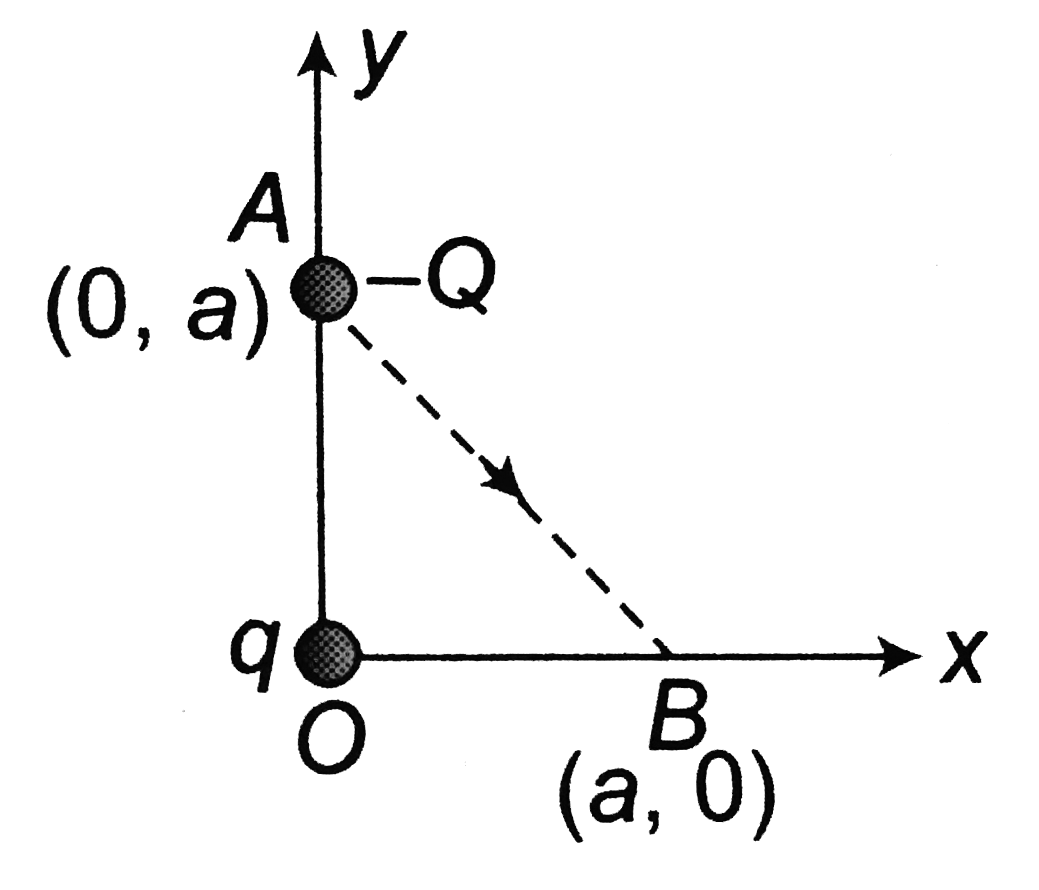A
B
C
D
Text Solution
Verified by Experts
The correct Answer is:
|
Topper's Solved these Questions
ELECTRIC POTENTIAL & CAPACITANCE
A2Z|Exercise Section B - Assertion Reasoning|17 VideosView PlaylistELECTRIC POTENTIAL & CAPACITANCE
A2Z|Exercise AIPMTNEET Questions|38 VideosView PlaylistELECTRIC POTENTIAL & CAPACITANCE
A2Z|Exercise Capacitor Circuits|52 VideosView PlaylistELECTRIC CHARGE, FIELD & FLUX
A2Z|Exercise Section D - Chapter End Test|29 VideosView PlaylistELECTROMAGNETIC INDUCTION
A2Z|Exercise Section D - Chapter End Test|30 VideosView Playlist
Similar Questions
Explore conceptually related problems
Knowledge Check
A
B
C
D
Submit
A
B
C
D
Submit
A
B
C
D
Submit
Similar Questions
Explore conceptually related problems
A2Z-ELECTRIC POTENTIAL & CAPACITANCE-Problems Based On Mixed Concepts
- The electric potential in a region is given by V = (2x^(2) - 3y) volt...
03:08
|
Play - The electirc field in a region is given by vecE = (2x hati + 4y hatj) ...
05:58
|
Play - Find out work done by electirc field in shifting a point charge (4sqrt...
04:12
|
Play - For two points A and B in an electric field, if DeltaW is work done in...
02:23
|
Play - Three point charges 1C, 2C and 3C are placed at the corners of an equi...
02:24
|
Play - As per this diagram a point charge +q is placed at the origin O. Work ...
01:42
|
Playing Now - A particle A has chrage +q and a particle B has charge +4q with each o...
02:09
|
Play - Charge Q is given a displacement r=ahati+bhatj in electric field E=E1h...
01:46
|
Play - A particle A of mass m and charge Q moves directly towards a fixed par...
03:13
|
Play - The electirc field strength at a distance r from the centre of a charg...
02:59
|
Play - A point charge q is located at the centre O of a spherical uncharged c...
03:55
|
Play - Three equal charges Q are placed at the three vertices of an equilater...
03:42
|
Play - An electric dipole of dipole moment vecp is oriented parallel to a uni...
02:49
|
Play - Two capacitors 3muF and 4muF have same maximum voltage rating V(0). Wh...
03:26
|
Play - In the circuit shown in figure charge stored in the capacitor of capac...
02:42
|
Play - It is possible to obtain a large potential difference by charging a nu...
03:07
|
Play - Three long conducting plates A, B and C having charges +q, -2q, and +q...
03:22
|
Play - Two charged particles having charge 1 muC and -muC and of mass 50 gm e...
05:34
|
Play - The charge flowing through the cell on cloing the key k is equal to :
03:00
|
Play - Five identical plates are connected across a battery as follows : If t...
05:31
|
Play
